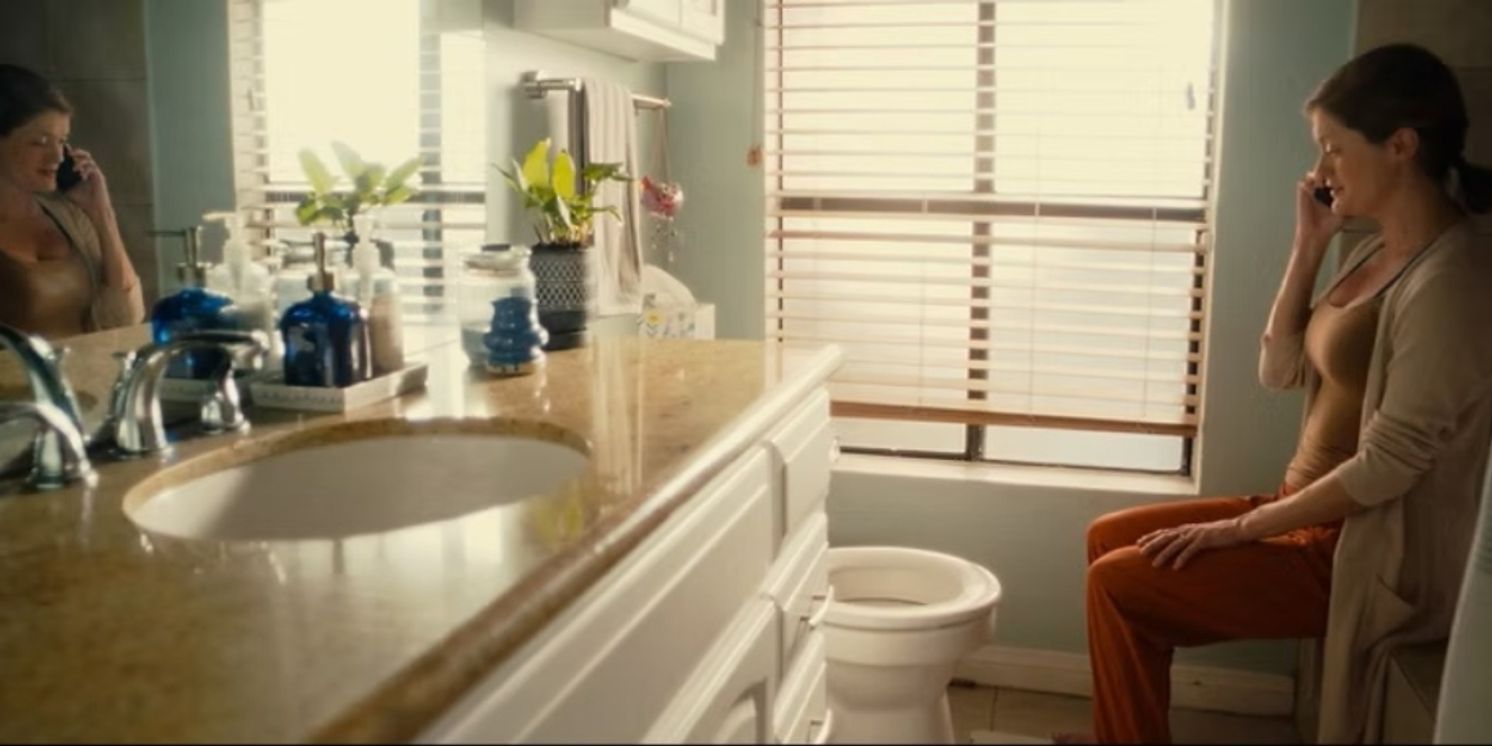Review: THE GREATEST JOY at Dances with Films in L.A.
The film has its World Premiere on June 22nd at Dances With Films in Los Angeles.

In THE GREATEST JOY, writer-director Lea Pascal brings a deft touch to one of the most private and painful experiences a woman can endure: miscarriage. Told over the course of three days, this intimate 13-minute film follows a woman awaiting the outcome of a nonviable pregnancy—either she will miscarry naturally, or she will have to wait a week to undergo a dilation and curettage. The wait is not just medical; it’s emotional, existential, and filled with quiet dread.
With a blend of raw honesty and restrained humor, Pascal sidesteps melodrama and sentimentality, embracing instead a tone of emotional realism—awkward, contradictory, and, at times, even darkly funny.
As Sammy, Meghan Reardon gives a performance that resists easy categorization. She is a study in contradiction. She's not exactly quirky—but she's not your standard sympathetic protagonist either. Anxious, restless, and visibly uncomfortable in her pregnant body, Sammy smokes pot, stocks the fridge with beer and the cupboard with chips, sips margaritas, and questions every sensation in her body. It’s not self-destructive behavior so much as a fragmented response to uncertainty and fear—perhaps even denial. Her choices may be jarring, but they’re honest in a way that feels lived-in and human, not scripted for moral clarity.
Rather than trying to tidy up her contradictions, Reardon leans into them—allowing Sammy’s vulnerability, volatility, and exhaustion to coexist. She's a woman simultaneously bracing for and trying to outpace grief.
Nick Horst, as Sammy’s husband Bruce, delivers a quietly moving performance as the well-meaning partner trying to hold it all together. Bruce isn’t clueless or checked out—instead, he's present in the ways that count. His tenderness grounds the film, especially in moments when Sammy seems emotionally adrift. Pascal wisely avoids making Bruce a caricature of male detachment; he’s fully in this with her.
When the miscarriage occurs, it's not a cinematic climax, but something quieter—uncertain, even anticlimactic. That’s its power. There’s no dramatic monologue. Instead, the score by Daniel Rufolo and Adam Kromelow swells gently—not with sorrow, but with a kind of muted expectancy. It’s anticipatory, tender, almost soothing, underscoring the stillness of the moment rather than dramatizing it.
What follows is the unsettling reality of not knowing exactly what to do, of grief that doesn’t look like it’s supposed to—grief made immediate, physical, and strangely procedural. Sammy hesitates, hovers, uncertain. Then, a quiet gesture. Not cathartic. Not symbolic. Just an action—final, but not quite resolving anything. It ends the scene—and the film—with a hush that lingers.
Pascal’s choice to frame the story as a dramedy is daring, but ultimately right. The film mines its humor not from the tragedy but from the awkward rituals and mundane absurdities surrounding it. The result is something closer to life than artifice. It invites us to laugh or wince, not in spite of the pain, but as part of the complex and sometimes contradictory process of surviving it.
THE GREATEST JOY doesn’t preach, explain, or resolve. It observes. It shows us that grief doesn’t always scream—it often mutters, stumbles, smokes a joint, and wonders if it’s doing this all wrong. In less than 20 minutes, Lea Pascal has given us a story that feels as emotionally expansive as a full-length feature. It’s a short film with a long emotional echo. It’s also a timely statement that there is—and must be—a place for telling women’s stories about their bodies.
THE GREATEST JOY has its World Premiere on June 22nd at Dances With Films in Los Angeles.
Dances With Films--https://danceswithfilms.com/--12400 Ventura Boulevard, Ste. 736, Studio City, CA--323-854-8176
Photo credit to https://www.thegreatestjoyfilm.com/
Reader Reviews

Videos

